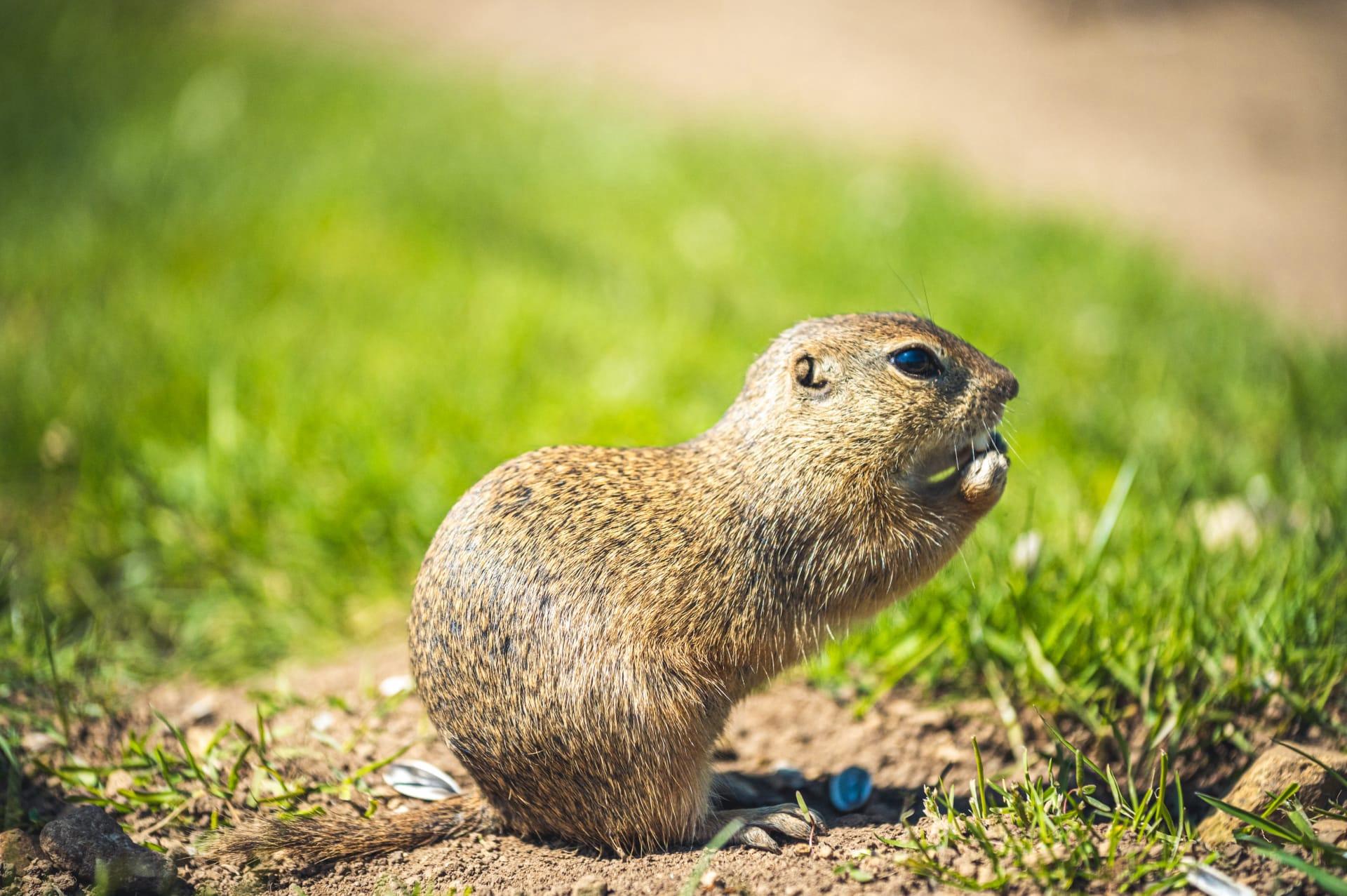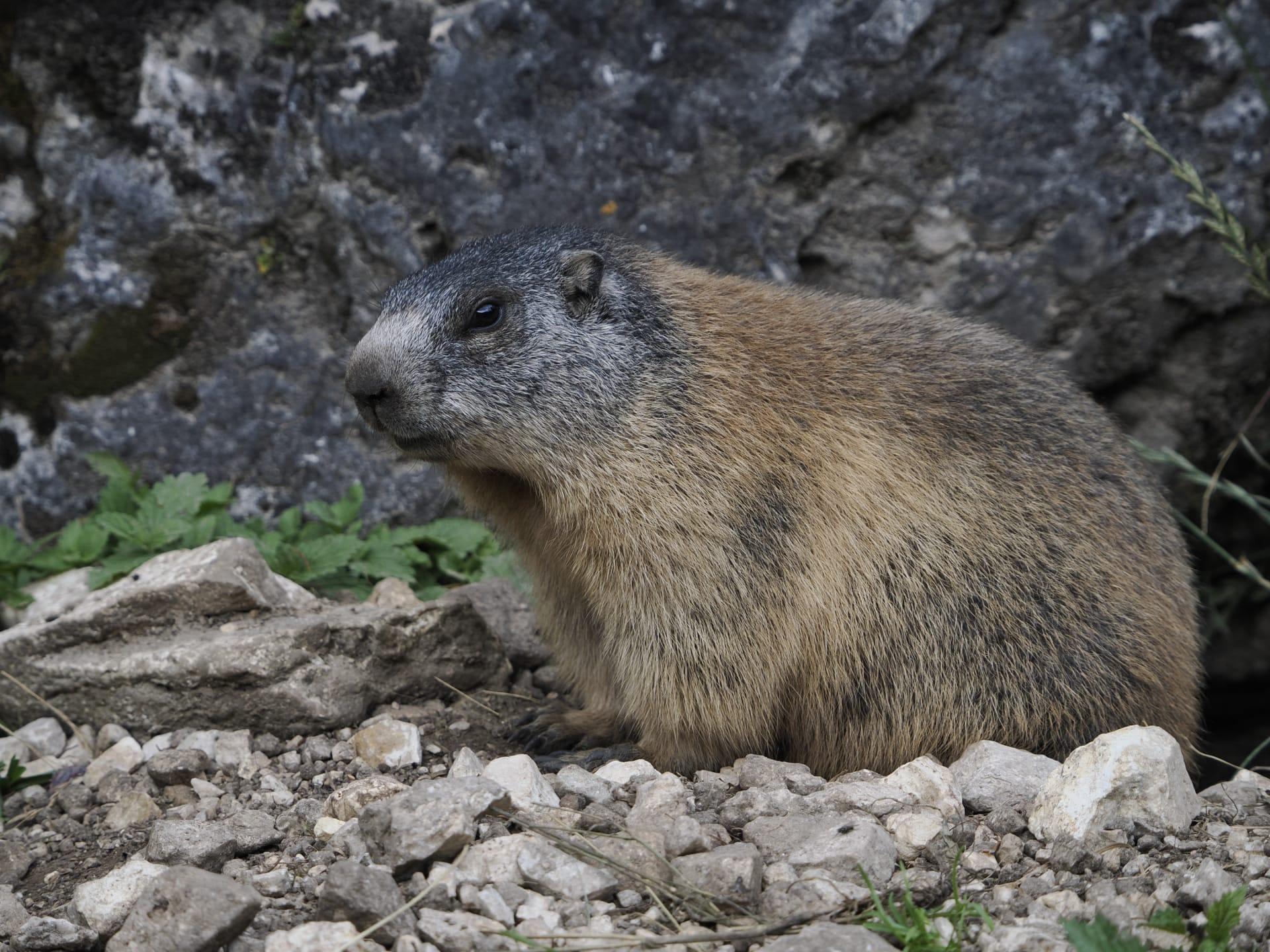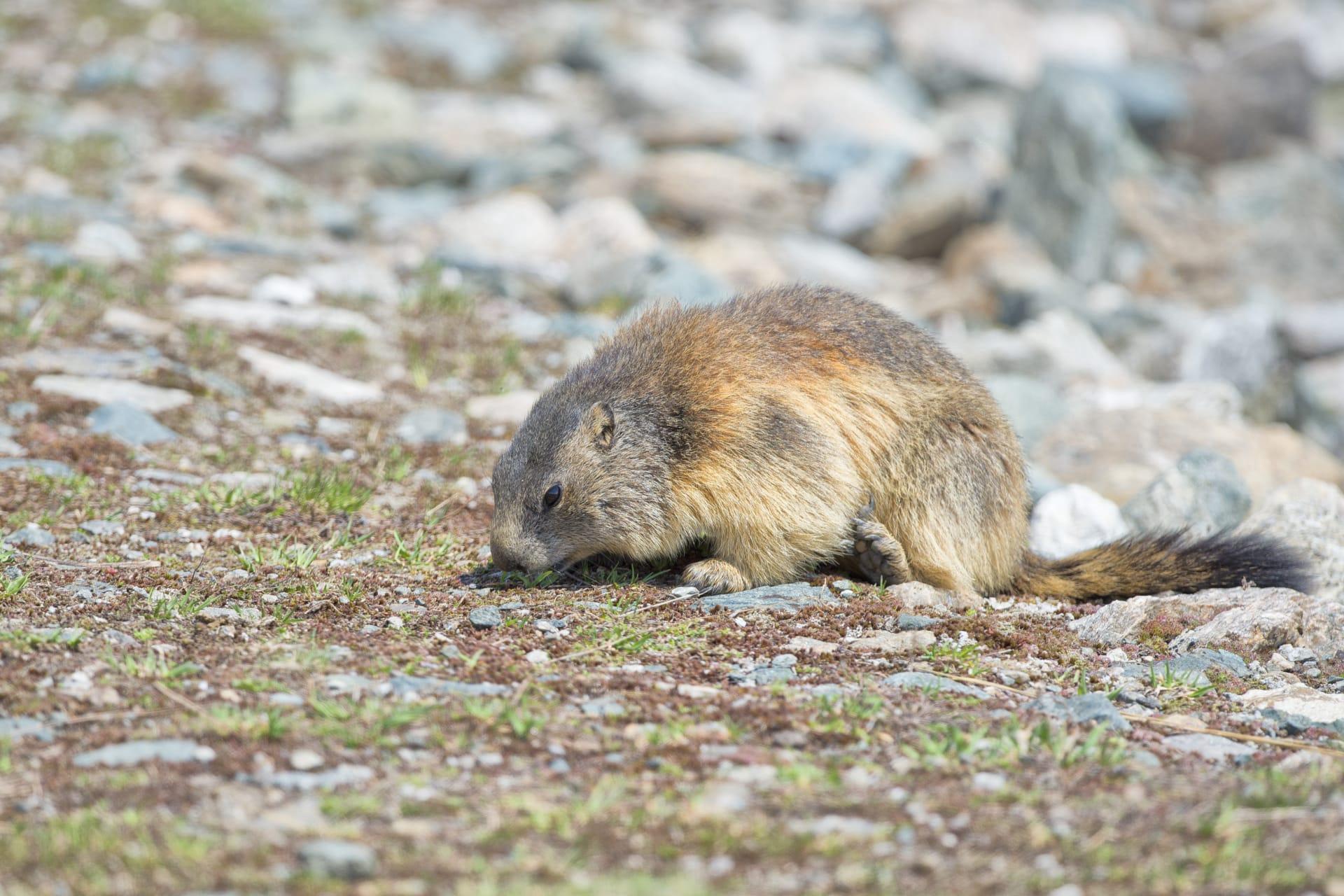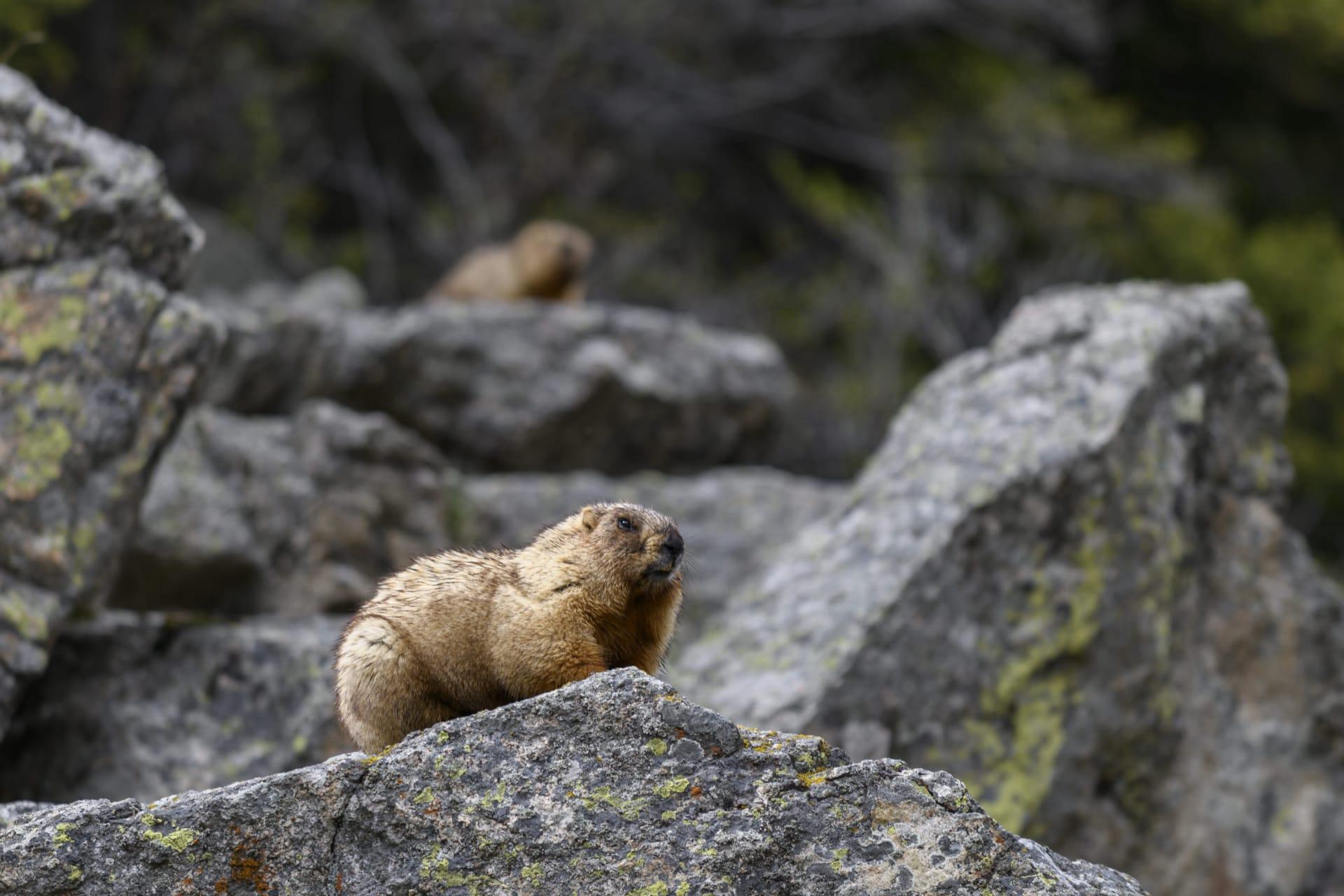Groundhog Characteristics
- Home /
- Mini Encyclopedia /
- Animal /
- Groundhog Characteristics
1
Groundhogs, also known as woodchucks, are fascinating creatures with distinct physical characteristics. These members of the squirrel family typically weigh between 5 to 12 pounds (2.3 to 5.4 kilograms) and measure about 20 inches (50 cm) in length, including a 6-inch (15 cm) tail. They have sturdy bodies, short, powerful legs, and sharp claws for digging. Their fur is usually brown or grayish, providing camouflage in their natural habitat. Groundhogs are known for their longevity in the wild, living typically 6 to 8 years, though some have been known to live up to 14 years in captivity.
One of the most distinctive organs of a groundhog is its large, curved incisors. These teeth are specially adapted for their lifestyle. Groundhogs are avid diggers, and their incisors play a crucial role in this activity. These teeth are constantly growing, which is typical for rodents, and the act of gnawing on wood and other materials helps to keep them sharp and at a manageable length. The incisors are not just tools for digging but also for defense and foraging, crucial for their survival in the wild.

2
Question: Why do groundhogs hibernate?
Answer: Groundhogs are among the few species of true hibernators. As winter approaches, they retreat into their burrows, where they enter a state of hibernation. This is a survival strategy to cope with cold temperatures and food scarcity. During hibernation, their body temperature drops significantly, their heart rate slows, and their metabolism decreases dramatically. This state of reduced physiological activity allows them to conserve energy. They rely on their fat reserves accumulated during the warmer months to survive the winter. This hibernation process, which can last several months, is essential for their survival in regions where winters are harsh and food sources become scarce.

3
Groundhogs are renowned for their burrowing skills, which are a key aspect of their mobility. They use their strong legs and long claws to dig extensive burrow systems. These burrows, which can be up to 6 feet (1.8 meters) deep and 20 feet (6 meters) long, serve as homes, nesting areas, and escape routes. Groundhogs are also capable of climbing trees and swimming, which are skills often overlooked but essential for escaping predators and foraging.
In terms of feeding habits, groundhogs are primarily herbivores. Their diet consists mainly of grasses, fruits, vegetables, and plants. They have a particular fondness for agricultural crops, which sometimes leads to conflicts with farmers. Groundhogs eat heavily in summer and fall to build up fat reserves for hibernation. Their strong incisors aid in consuming a variety of vegetation, and they are known to occasionally eat insects and other small animals, though this is less common.

4
Groundhogs are adaptable creatures, primarily found in North America, across forests, fields, and even suburban areas. They prefer areas that provide a mix of open land and wooded territories. Open land offers them the vegetation they need for food, while wooded areas provide cover from predators. Groundhogs are known for their impact on the ecosystem, particularly through their burrowing activities, which can aerate and mix the soil, promoting plant growth.
Reproduction is a key aspect of groundhog life. Mating season occurs in early spring, soon after hibernation ends. Female groundhogs typically give birth to litters of 2 to 6 young after a gestation period of approximately 32 days. The young are born blind and furless, completely dependent on their mother. They develop rapidly, and by the end of the summer, they are usually ready to establish burrows of their own. The ability to reproduce and raise offspring successfully each year is crucial for the survival and propagation of the species.

5
Book: "The World of the Woodchuck" by W.J. Schoonmaker, published in the United States in 1966. This comprehensive book delves into the life and habits of the groundhog, also known as the woodchuck. Schoonmaker provides detailed observations on their behavior, habitat, and ecological impact. The book is a blend of scientific research and personal observations, offering readers an in-depth understanding of these creatures.
Book: "Groundhogs: Woodchucks, Marmots, and Whistle Pigs" by Robert L. Smith, published in the United States in 1999. This book is an insightful exploration into the world of groundhogs. Smith, a biologist, offers a thorough examination of groundhog biology, behavior, and their role in folklore and culture. His work is well-researched, presenting groundhogs in both a scientific and cultural context, making it an informative read for anyone interested in these unique animals.